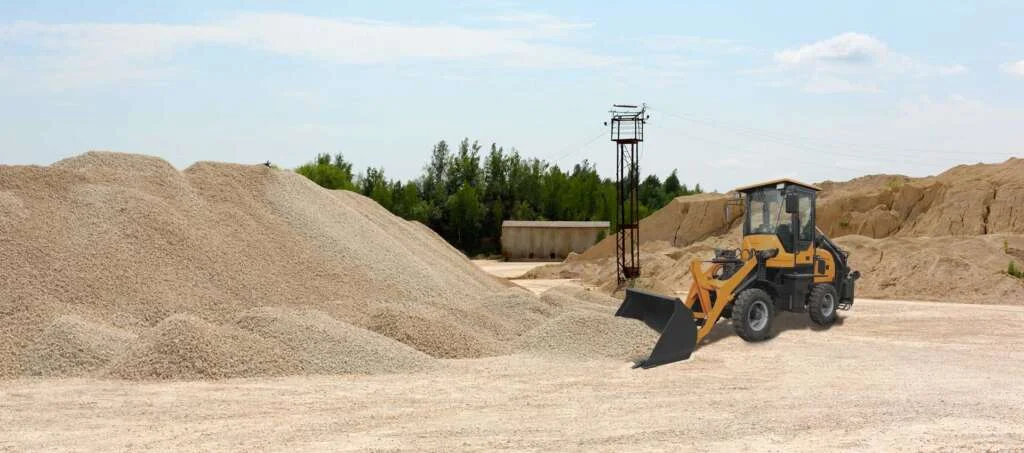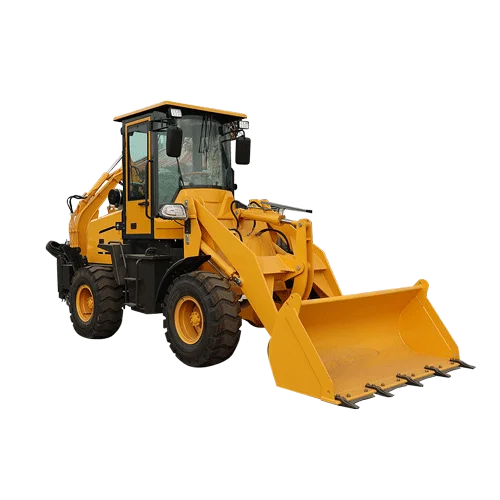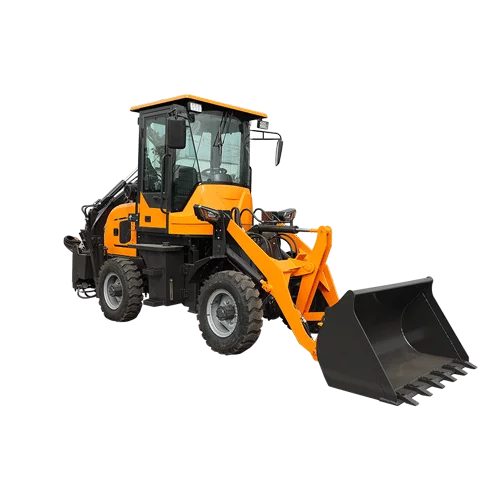Welcome to My Blog!
Before we dive into the content, I’d love for you to join me on my social media platforms where I share more insights, engage with the community, and post updates. Here’s how you can connect with me:
Facebook:https://www.facebook.com/profile.php?id=100087112105480
LinkedIn:https://www.linkedin.com/showcase/99327366/admin/dashboard/
Now, let’s get started on our journey together. I hope you find the content here insightful, engaging, and valuable.
Table of Contents
Introduction

When it comes to construction and heavy-duty equipment, backhoes and loaders are two essential machines widely used for digging, lifting, and moving materials. Both offer unique benefits in different scenarios, and understanding the key differences between them can help you make the right choice for your project.
In this blog, we will explore the specific features, functions, and applications of a backhoe and a loader, comparing them in terms of design, efficiency, versatility, and more. By the end of this article, you’ll have a clearer understanding of which machine suits your needs better.
What Is a Backhoe and How Does It Work?
A backhoe is a versatile construction machine known for its distinctive digging arm and bucket at the rear of the machine, resembling the “hoe” part of a traditional backhoe. It is primarily used for digging tasks such as trenching, hole digging, and material handling.
Key Components of a Backhoe
- Boom: The long, hydraulically operated arm of the backhoe.
- Dipper Stick: The part that extends from the boom to the bucket.
- Bucket: The scoop or attachment used for digging, loading, or carrying materials.
- Cab: The operator’s seat, typically located at the front of the vehicle for visibility and control.
The backhoe works efficiently by utilizing its rear arm to scoop and dig into the ground, making it ideal for tasks such as trenching, pipeline installation, and digging foundations. Its mobility allows it to move around a job site easily, and its compact design makes it ideal for working in confined spaces.
What Is a Loader and How Does It Work?
A loader, on the other hand, is a heavy-duty piece of machinery designed primarily for lifting, loading, and moving materials such as dirt, gravel, and debris. It features a large, heavy bucket at the front of the machine, which is used for lifting and carrying materials from one place to another.
Key Components of a Loader
- Bucket: The large scoop at the front of the loader, used for lifting and carrying materials.
- Lift Arm: The hydraulic-powered arm that raises and lowers the bucket.
- Chassis: The base frame of the loader, which houses the engine, wheels, and other components.
- Cab: Similar to the backhoe, it provides the operator with a control station.
A loader typically operates on larger and flatter surfaces, and is often used in tasks such as clearing debris, stockpiling materials, or loading trucks. Its primary purpose is to transport materials quickly and efficiently over short distances.
Backhoe and Loader: Key Differences


Functionality
One of the biggest differences between a backhoe and a loader is their core functionality. A backhoe is designed for digging, while a loader is primarily for lifting and moving materials.
- Backhoe: Best for tasks that require digging, trenching, or foundation work.
- Loader: Ideal for material handling, moving stockpiles, or loading trucks.
Design and Layout
The design of these machines reflects their specific tasks. A backhoe has a rear-mounted digging arm, while a loader has a front-mounted bucket.
- Backhoe: Features a rear-mounted arm and bucket that allows it to dig into the earth, with a design optimized for confined spaces and precise digging.
- Loader: Has a front-mounted bucket for lifting and transporting materials, with a design that is more suitable for open areas or jobs requiring the movement of heavy loads.
Versatility
Both machines are versatile, but they excel in different ways. The backhoe’s ability to perform precise digging and the loader’s ability to move large amounts of material set them apart.
- Backhoe: Offers flexibility for digging, trenching, and precise work in tight spaces.
- Loader: Best for material handling, bulk lifting, and transportation over longer distances.
Applications
The applications of backhoes and loaders often overlap, but the specific tasks each excels at can vary based on the job site.
- Backhoe: Commonly used for digging foundations, trenching, backfilling, and utility installation.
- Loader: Primarily used for clearing debris, loading materials, and transporting large loads.
Mobility
Both machines are mobile, but backhoes are often more suitable for projects requiring movement in smaller spaces or across uneven terrain, thanks to their compact design.
- Backhoe: More maneuverable and adaptable to smaller spaces.
- Loader: Typically used in more open areas where mobility and heavy lifting are key.
Key Differences Summary Table
| Feature | Backhoe | Loader |
|---|---|---|
| Main Function | Digging, trenching, and foundation work | Lifting and moving materials |
| Design | Rear-mounted arm and bucket | Front-mounted bucket |
| Versatility | Digging in confined spaces | Moving materials in open areas |
| Primary Applications | Excavating, trenching, pipeline work | Stockpiling, loading trucks, debris clearing |
| Mobility | High maneuverability in tight spaces | Larger work areas, less maneuverability |
Choosing the Right Machine for Your Needs

When deciding whether to use a backhoe or a loader, it’s essential to consider the specific demands of your project. Each machine offers distinct advantages depending on the type of work.
Factors to Consider When Choosing Between Backhoe and Loader
- Job Type: Choose a backhoe for digging and trenching tasks and a loader for lifting and moving materials.
- Space: For projects in confined spaces, a backhoe’s compact design makes it the ideal choice. For open spaces, a loader’s powerful lifting capacity is more beneficial.
- Terrain: Backhoes tend to perform better on uneven or rough terrains, while loaders excel in flat and open work areas.
Conclusion
In summary, both backhoes and loaders are essential pieces of machinery in construction and material handling industries, offering complementary functions. A backhoe is designed for tasks that require digging, trenching, and precise work in confined spaces, while a loader is optimized for lifting, moving, and clearing materials over larger, more open areas.
The decision to use one over the other depends on the specifics of your job, including the nature of the work, available space, and terrain. Understanding the strengths and weaknesses of each machine will help you choose the right equipment for maximum efficiency and productivity.
FAQ
Can a backhoe replace a loader?
While backhoes can perform some material handling tasks, they are not as efficient as loaders for bulk lifting and transportation. Loaders are better suited for moving large quantities of materials over long distances.
What is the main advantage of a backhoe?
The main advantage of a backhoe is its versatility for digging tasks, especially in tight spaces where larger equipment cannot reach. Its rear-mounted arm allows for precise digging and trenching.
What are the key advantages of using a backhoe in construction projects?
Backhoes are highly versatile, allowing for precise digging, trenching, and excavation work. They are particularly effective in confined spaces where other machines might not be able to operate. Their compact size and flexible digging arm make them ideal for small to medium-sized construction projects.
Which machine is better for material handling, a backhoe or a loader?
For material handling, a loader is typically the better choice. Loaders are designed specifically for lifting and moving large quantities of materials, making them more efficient for tasks like stockpiling, loading trucks, and clearing debris.
Are backhoe and loader machines similar in terms of operation?
While both machines operate using hydraulic systems, their operation differs. A backhoe requires precise control for digging, and its rear-mounted arm allows for fine-tuned digging and trenching. In contrast, a loader’s primary operation involves lifting and moving large loads, often over longer distances, using its front-mounted bucket.
